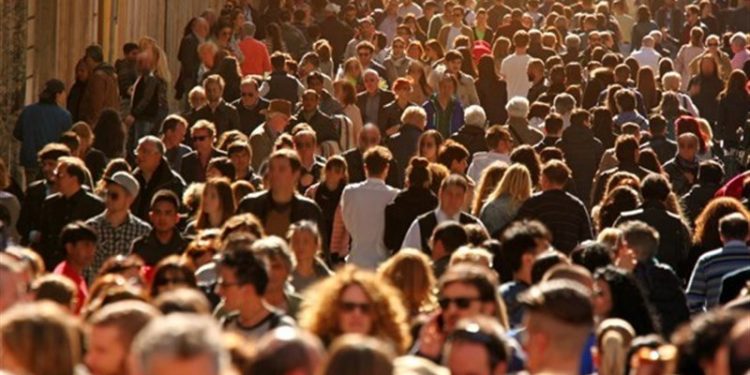The world population has just reached the eight billion mark prompting the United Nations to warn of more hardships coming, especially in regions already plagued by resource scarcity due to climate change. In the words of John Wilmoth, Director of the UN’s Population Division, the milestone is “a sign of human success, but it is also a great risk for our future.”
Middle-income countries, mainly in Asia, accounted for the bulk of the growth – about 700 million people only in 11 years since 2011. India added about 180 million people and has probably already outstripped China, earning the unenviable position of being the world’s most populous nation. It is not next year but it has already happened.
The paradox of this global demographic story is that births have been steadily declining in the United States, Europe, and Japan. China, too, has struggled due to its One Child Policy which forced the government last year to urge families to have a second and even third child. As part of that strategy it has limited access to non-medical abortions.
On the other hand, some of the world’s poorest countries, most of which are in Sub-Saharan Africa, witnessed spurts in population jeopardising their development goals.
No wonder UN Secretary-General Antonio Guterres welcomed the demographic explosion with a word of caution. “The milestone is an occasion to celebrate diversity and advancements while considering humanity’s shared responsibility for the planet,” he said.
Cold statistics show the population growth of eight billion is three times the total in 1950. About 60 per cent of the global population lives in places where fertility rates have dropped to 2.1 births per woman. In South Korea, which already had the world’s lowest rate, it fell to just 0.81 this year. By 2050, populations will be declining in more than half of the European countries. In five of these – Bulgaria, Latvia, Lithuania, Serbia and Ukraine – they are projected to drop by more than 20 per cent. China witnessed a fifth consecutive fall last year to a new record low, with 10.62 million births despite a population of 1.4 billion and a sustained push to persuade people to have more children.
The big question is whether this population explosion is good for the people and the planet. Some experts worry that eight billion people is far too many for the planet while others say the bigger problem is the overconsumption of resources by the wealthiest people. There is fear that the more the world is populated, the more the planet will be in peril through greater emissions of carbon dioxide. However, the fact remains that carbon emissions of the richest 1 per cent, or about 63 million people, were more than double the emissions of the poorest half of humanity between 1990 and 2015, according to a 2020 analysis by the Stockholm Environment Institute and non-profit Oxfam International.
As every single person needs fuel, wood, water, and a place to live in, the pressure on available resources will be especially daunting in African nations. These are also among the countries most vulnerable to climate impacts and most in need of climate finance. In Sub-Saharan Africa, where about 738 million people already live without adequate food supplies, the population is projected to jump by 95 per cent by mid-century.
In an article published in 2017, more than 15,000 scientists emphasised the importance of determining a sustainable and scientifically defensible human population size over the long term. In their opinion population growth is one of the main drivers of environmental threats.
The need therefore is for proper management and distribution of resources so that the global population as a whole can get education, efficient healthcare, food and clean water. These are essential tools for judicious use of available resources. Or else, over population may become the cause for too much strife, hatred and authoritarianism.






































